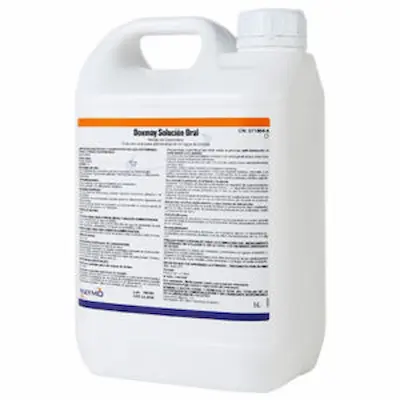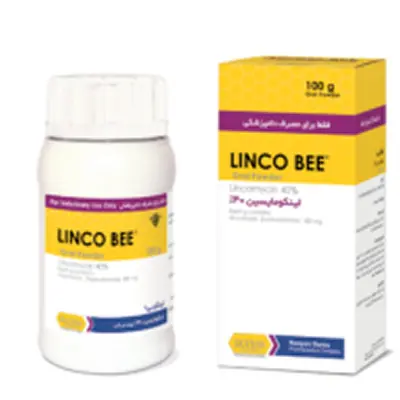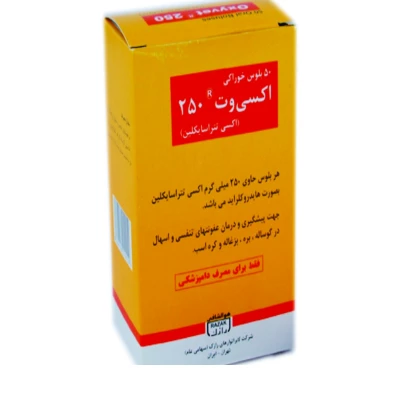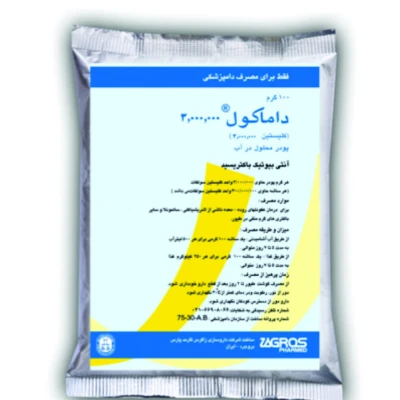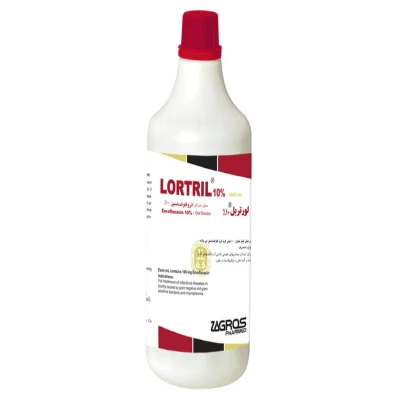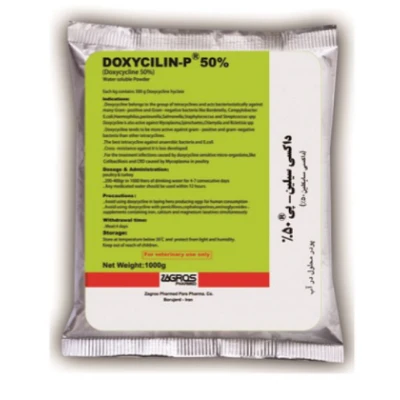داکسی مای

Type of medicine

Target species

Download product catalog

Packaging
Available in 1-liter bottles

Compounds
| Component | Amount per 1 ml |
|---|---|
| Doxycycline (Hyklate) | 100 mg |
| Carriers | q.s. to 1 ml |

Mechanism of the Effect
Doxycycline binds to the 30S subunit of the bacterial ribosome, blocking the attachment of aminoacyl-tRNA to the ribosome’s acceptor site, thereby inhibiting bacterial protein synthesis. This action stops bacterial growth and reproduction, resulting in a bacteriostatic effect.
Doxycycline is effective against Gram-positive and Gram-negative bacteria, Mycoplasma, and some protozoa.

Use case
Used for the treatment of Chronic Respiratory Disease (CRD), mycoplasmosis, avian cholera, and colibacillosis caused by doxycycline-sensitive organisms in poultry.

The amount and how to use
Oral administration via drinking water:
10–20 mg of doxycycline per kg of body weight per day for 3 to 5 consecutive days
(equivalent to 0.5–1 ml of the drug per liter of drinking water).
The medicated water should be the only source of drinking water during the treatment period.
Prepare fresh medicated water every 24 hours.
In alkaline water, it is recommended to use water acidifiers before adding this drug.

Caution
Shake the bottle well before use.
Keep out of reach of children.

Drug interference
Reduced absorption when administered with drugs containing calcium, iron, and magnesium.
Decreased effectiveness when combined with bacteriostatic antibiotics.
Increased risk of bleeding with anticoagulant drugs.
Concurrent use with NSAIDs may increase the risk of kidney toxicity.

Maintenance conditions
Store in a dry, cool place, away from light.
